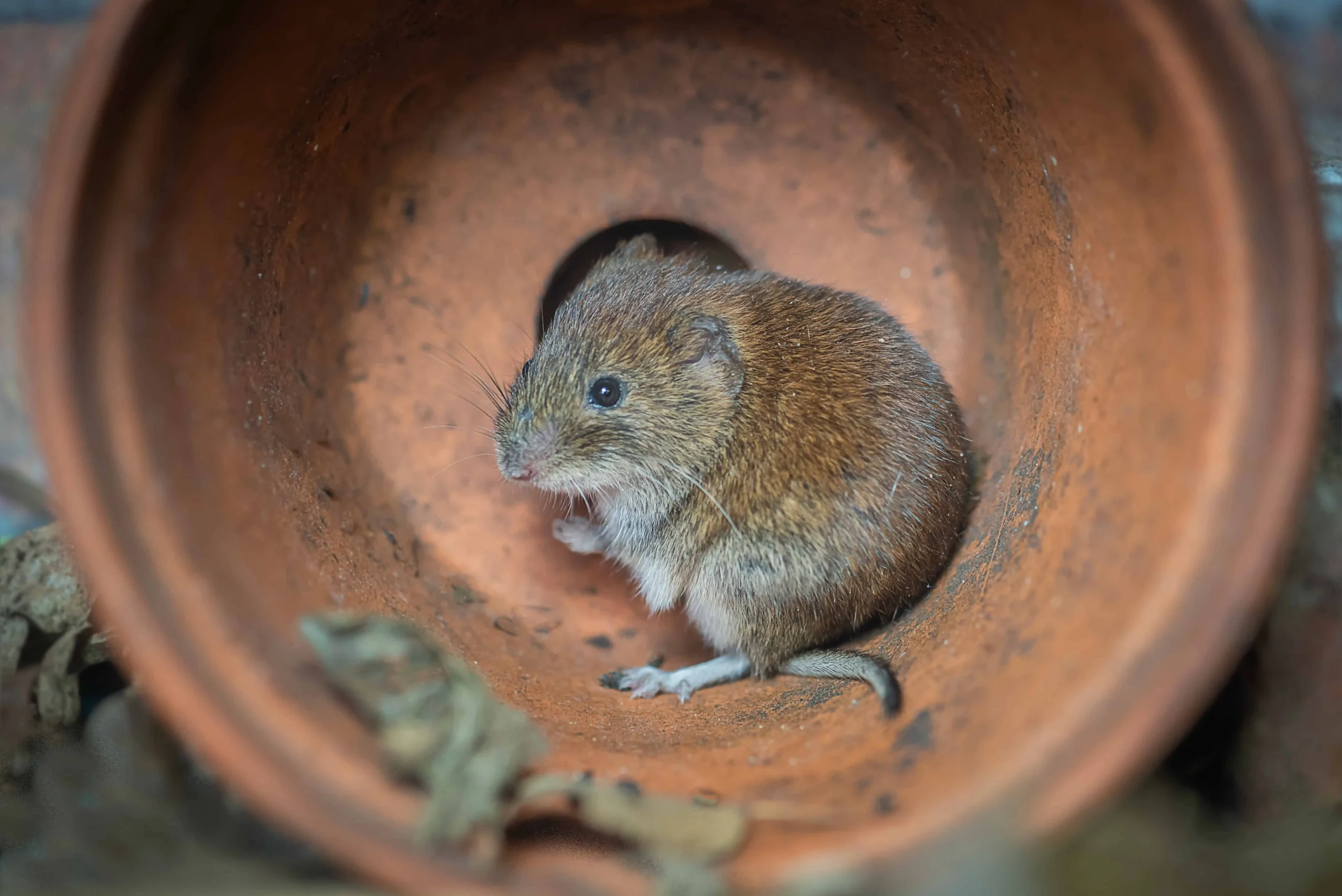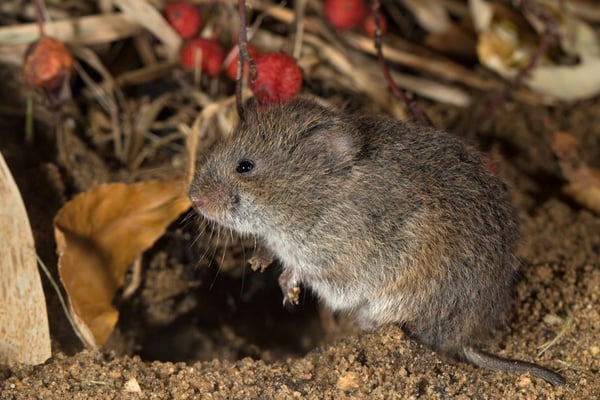Professional Approaches for Vole Control and Avoidance
Professional Approaches for Vole Control and Avoidance
Blog Article
Vole Insect Control Demystified: A Complete Introduction of Problem Detection and Reliable Treatment Techniques
As homeowner and garden fanatics, the intrusion of voles can be a consistent issue that needs an organized approach for reliable monitoring. By comprehending the behavior patterns of these evasive rats, one can gain valuable insights into their preferences and behaviors. From subtle signs of invasion to the implementation of targeted control measures, browsing the world of vole insect control demands a mix of expertise and strategic action. In this thorough review, we will certainly explore the nuances of vole problem detection and look into the world of effective treatment approaches that can guard your rooms from these underground nuisances.
Recognizing Vole Habits Patterns
Comprehending the complex behavior patterns of voles is necessary for effectively executing bug control procedures in domestic and agricultural settings. Voles, tiny rodents that appear like computer mice yet with stouter bodies, are infamous for their rapid reproduction prices and starved cravings for plant life. By delving right into their habits patterns, bug control experts can acquire important insights into vole preferences, routines, and susceptabilities.
Voles are mainly herbivores, feeding on a large range of plants, bulbs, bulbs, and roots. They are also respected tunnelers, producing elaborate underground burrow systems for nesting and foraging. By recognizing these habits, pest control professionals can purposefully put catches and bait terminals along vole runways and entrance factors, enhancing the possibility of successful obliteration.
Furthermore, knowledge of vole habits patterns can assist in creating preventive procedures to discourage future invasions. By addressing aspects that draw in voles, such as dense plants cover and quickly available food sources, homeowner can make their properties much less welcoming to these devastating pests - vole yard damage. Finally, a detailed understanding of vole habits is extremely important in designing sustainable and efficient parasite control techniques
Identifying Signs of Vole Problem
Effective vole pest control begins with immediately acknowledging the indications of vole problem on residential or commercial properties. Among the most usual indications of vole visibility is the existence of surface runways. These paths are slim paths with turf or plant life that voles develop as they travel between their burrows and food resources. Additionally, vole droppings are an additional clear indicator of invasion. Vole droppings are little, round pellets that are usually discovered along their paths or near their burrows.
In addition to paths and droppings, chomp marks on tree bark and vegetation are also indicators of vole task. The existence of burrow openings in the ground indicates an energetic vole populace.
Being watchful for these indications can assist property owners spot vole invasions early and take proper parasite control actions to stop additional damage.
Implementing Targeted Control Measures
What specific strategies can be utilized to efficiently apply targeted control steps for vole insect administration on buildings? Applying targeted control measures for vole bug management requires a multi-faceted approach that combines both prevention and eradication methods. Among the crucial techniques is habitat adjustment, which includes eliminating vole-friendly environments such as tall grass, weeds, and debris near buildings. Mounting barriers like equipment towel or crushed rock around yard beds and tree trunks can additionally aid discourage voles.
Capturing is one more effective approach for regulating vole populations. Live catches can be purposefully put along vole runways or burrow entryways, baited with peanut butter or apple pieces. As soon as captured, voles must be humanely eliminated to a various area to stop reinfestation.
Rodenticides can be made use of as a last resource for severe problems, yet caution should be exercised to avoid harm to non-target animals. It is important to comply with all security standards and policies when utilizing rodenticides for vole control.
Environment-friendly and all-natural Remedies
The fostering of eco mindful methods can play a critical role in handling vole populaces without triggering damage to the ecosystem. Natural and environment-friendly treatments provide a lasting method to vole bug control, minimizing making use of unsafe chemicals and advertising biodiversity in the affected locations.
One efficient natural technique is making use of predator urine or predator decoys. Predators like foxes, owls, and snakes are the vole's natural opponents. By tactically positioning killer urine or decoys around the infested areas, voles may be discouraged from clearing up in those areas.
In addition, growing vole-resistant plants can aid in lowering vole that site damage. Plants such as daffodils, crown imperials, and Siberian squill are recognized to be uninviting to voles and can work as all-natural repellents.
Additionally, producing physical obstacles like cord mesh or gravel around susceptible plants can avoid voles from accessing them. These barriers can help shield yards and landscapes without posing any hazard to the setting or other non-target types. By including these eco-friendly and all-natural solutions, vole infestations can be taken care of successfully while maintaining ecological equilibrium.
Long-Term Prevention Techniques
To sustainably attend to vole invasions over time, carrying out aggressive procedures is critical for long-term prevention approaches. By lowering thick vegetation, mulch, and clutter around buildings, you can make your residential property much less enticing to voles.
Routine surveillance of vole activity is crucial for early detection of any kind of signs of invasion. Setting up vole catches can assist in controlling their population before it comes to be a full-blown invasion. It is likewise essential to seal off any access indicate frameworks or structures to avoid voles from accessing.

Conclusion
Finally, understanding vole actions patterns, identifying indications of problem, executing targeted control steps, utilizing environmentally friendly and all-natural remedies, and applying long-lasting prevention approaches are critical action in effectively handling vole infestations. By being aggressive and taking the required steps to resolve vole issues quickly, individuals can successfully control and prevent vole problems in their buildings.

Report this page